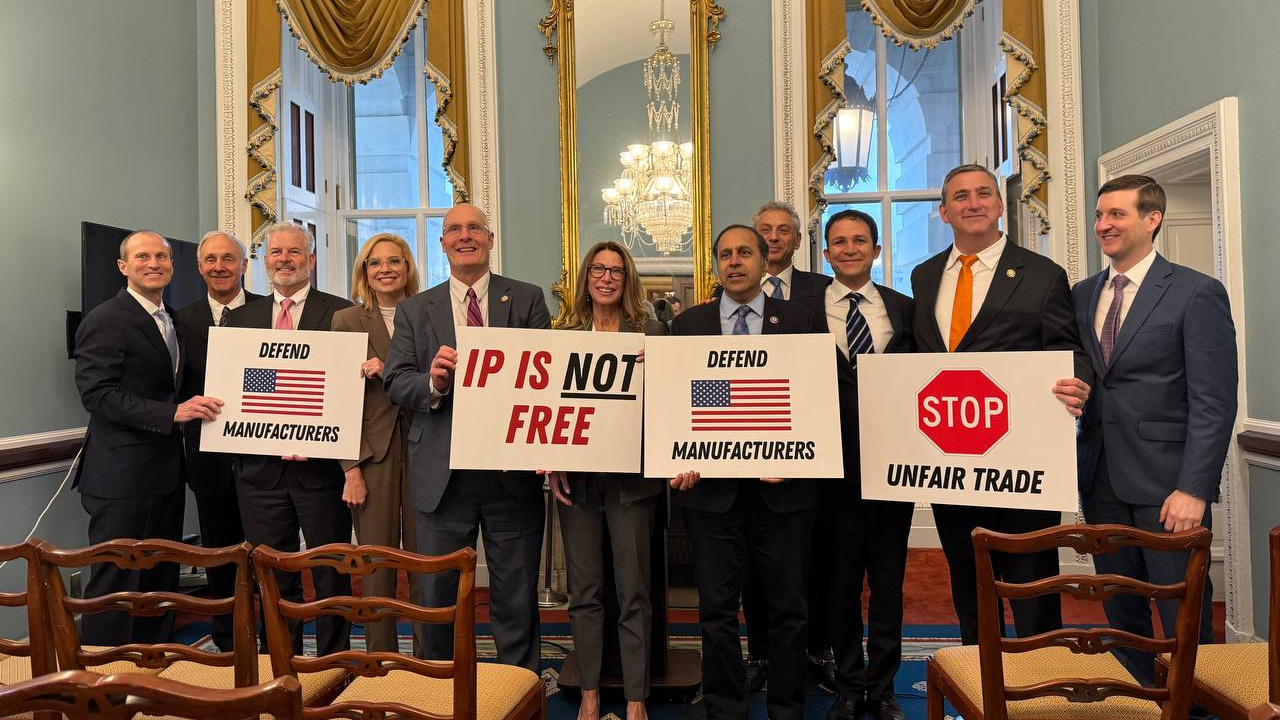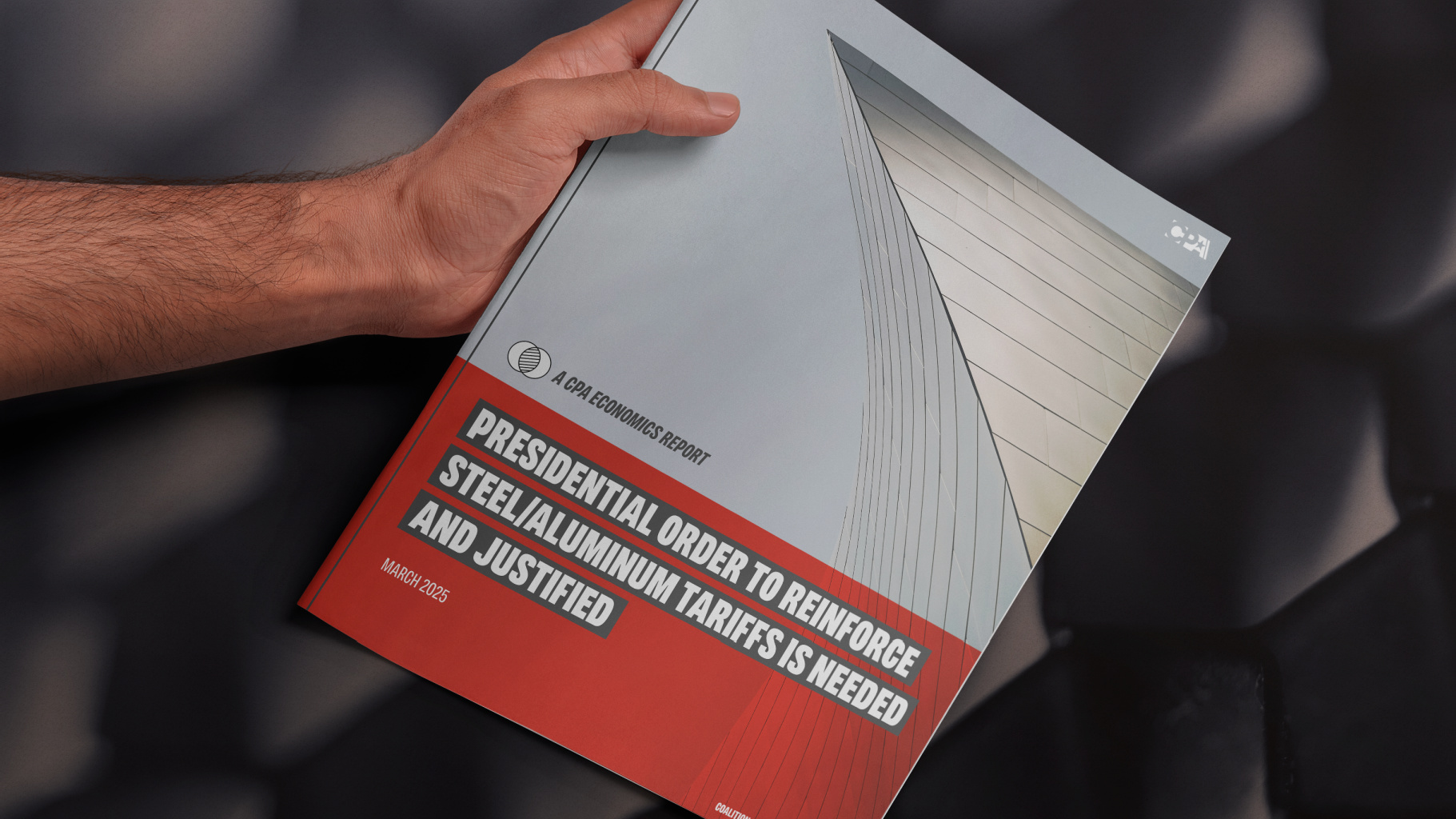Editor’s note: Our Job Quality Index is picked up in Nevada as commentators start to think about how job growth can happen without improving the economy. Perhaps it can help local regions turn away from creating service sector jobs in economic planning.
Politicians love to cite a falling unemployment rate as evidence of the wisdom of their policies. In recent years, in the midst of the longest economic recovery of the post World War II, era, politicians from Washington, D.C., to Carson City have had plenty of falling monthly unemployment rates to gush about.
[Hugh Jackson | November 14, 2019 | Nevada Current]
But throughout the current recovery, economists and others who look deeper at the jobs picture have also cautioned that employment reports don’t tell the whole story, especially with respect to wages, benefits, working conditions and other factors.
Now researchers from Cornell University, the University of Missouri, the Coalition for a Prosperous America (CPA) and the Global Institute for Sustainable Prosperity have launched the the US Private Sector Job Quality Index to provide a more realistic, and perhaps more meaningful, assessment of monthly employment data.
Their initial report notes that “63 percent of the production and non-supervisory jobs created over the past 30 years have been in low-wage and low-hour positions.”
“The path of economic growth the U.S. has opted for since around 1980, and accelerating after 2000, has produced widespread underemployment, deteriorating job quality, and slower economic growth,” said CPA Chief Economist Jeff Ferry in a statement announcing the project Thursday.
The new index “captures this phenomenon,” which “has important implications for growth strategies and labor market policies, and can also help us better understand voter decisions.”
Despite low unemployment rates and sustained job growth, the U.S. has experienced “sluggish hourly wage growth, flat or declining hours worked,” and “a persistently low labor force participation rate” during the recovery from the Great Recession, according to a presentation accompanying the launch of the index.
The Nevada workforce is all too familiar with those conditions. The state’s job growth has been among the nation’s highest but wage growth among the lowest, and there are still more Nevadans involuntary working part-time than before the crash. As a Federal Reserve economist noted about the state’s recovery, even as Nevada grows, it is growing poorer.
While Nevada politicians on the right have sung the praises of low taxes as the key to Nevada’s prosperity, the lack of either a personal or corporate income tax suggests if low taxes were going to diversify Nevada’s workforce and enrich Nevada workers, it would have happened by now.
More centrist politicians have in recent years embraced workforce development as the remedy for stagnant wages and low-quality jobs, the idea being that a trained workforce will be able to get higher quality jobs. However, the jobs projected to grow most, in raw numbers, in Nevada for the next several years are much the same service jobs that make up the largest employment sectors already. The widespread low quality of Nevada jobs won’t be offset by a comparatively modest increase in employment in manufacturing, the health industry, so-called STEM professions or other jobs lauded by policymakers.
Read the original article here.












